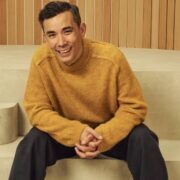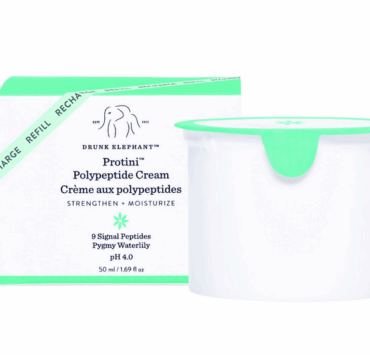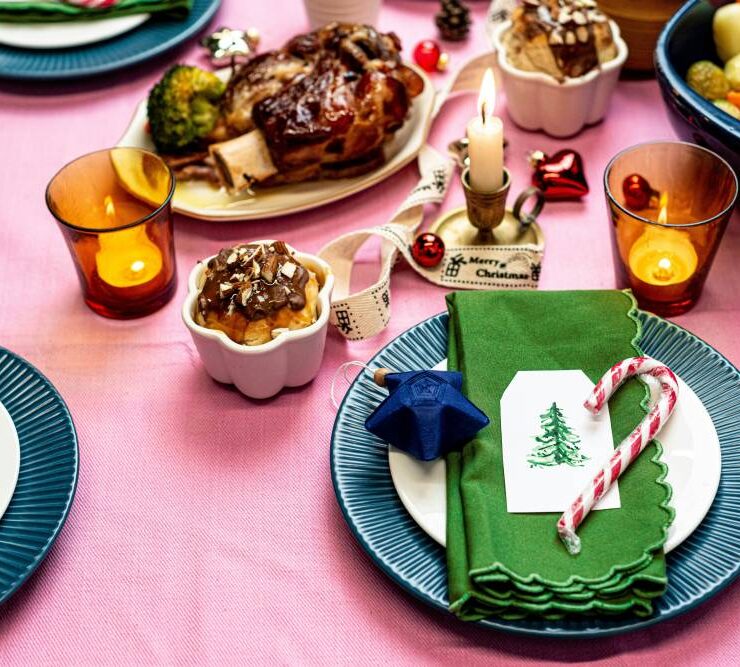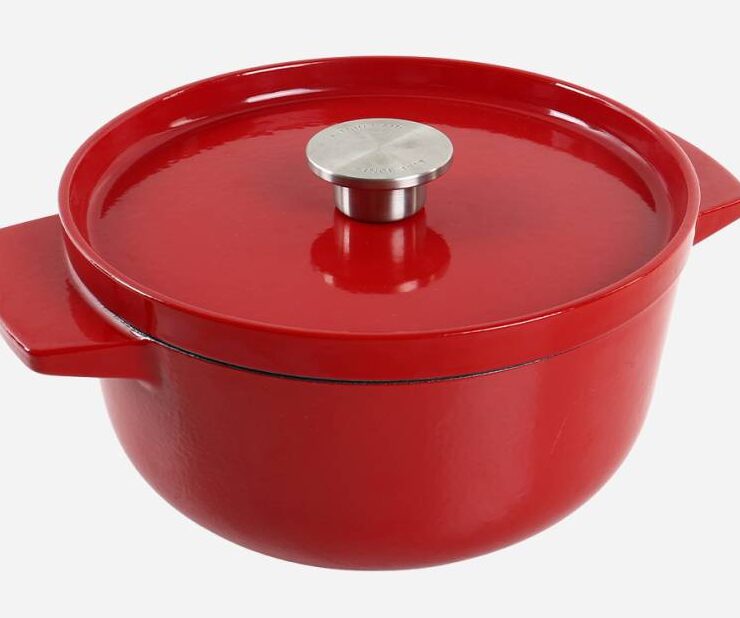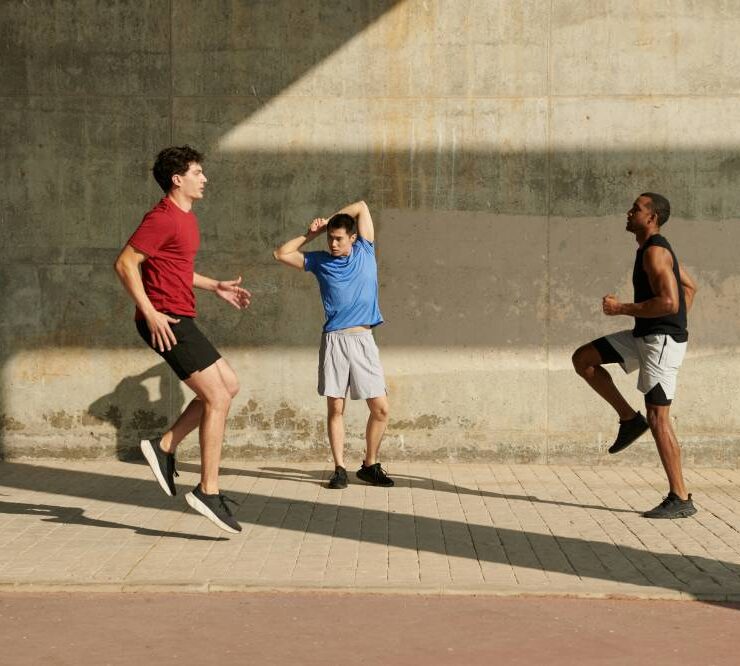Amekaji in Manila, 7 days a week? It’s possible
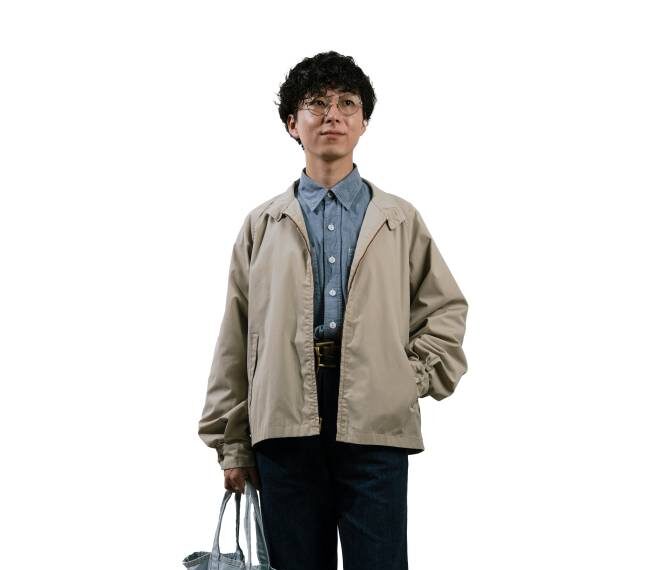
Kiichiro Shibue is a vibe. One look at him and you get where he’s coming from. He isn’t riding the wave that many pop boys today are on despite whiffs of retro-playful elements and sprinkling of vintage that sometimes pervade their wardrobes (I’m looking at you Benson Boone and Conan Gray) but 29-year-old Kichi, as he’s usually referred to, is his own fashion soul albeit an “old” one.
“I don’t know why but I really love the old stuff, the history behind an item, and the culture before,” he says.
From head to toe, Kichi is a feast for the eyes. Colors pop everywhere, graphic prints radiate from his chest, patterns stack up against another layer of fabric (usually denim or heavy-duty military cotton), voluminous jackets or sleeves add dimension to his lean frame.
But behind this brilliantly organized explosion of precise fashion choices are stories behind every fray and stain, every nip and tuck, every loose thread and fade, and every detail and marker of workmanship of the era that defined the piece of clothing hanging from his body.
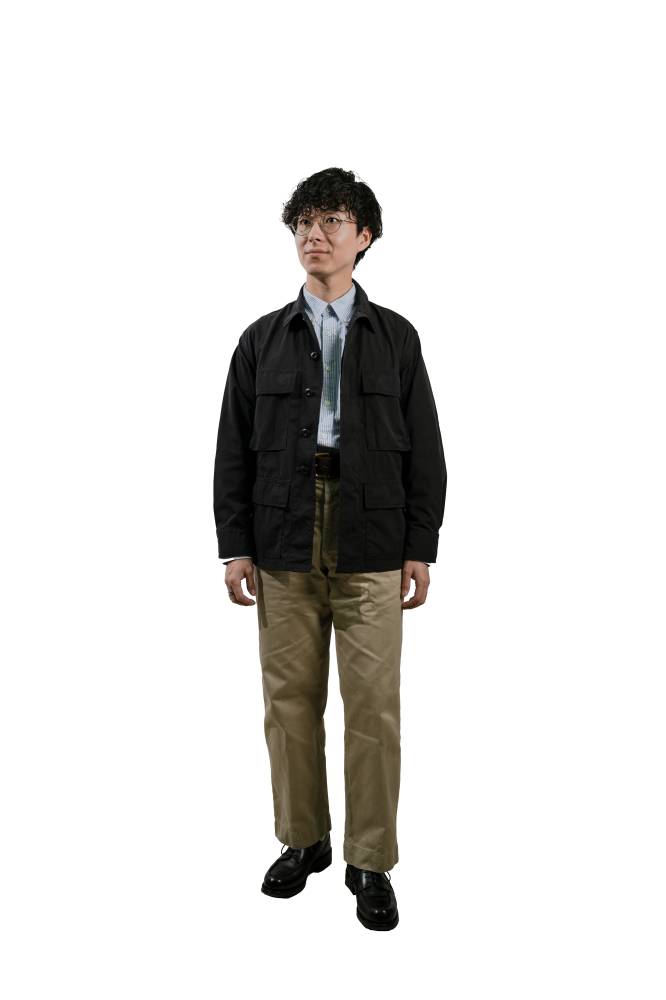
“Creating history, buying history” is how he would describe Amekaji (American casual), the post-World War II Japanese fashion style that has slowly but steadily gained ground in Manila, particularly among the youth.
“To me, Amekaji is more than just fashion—it’s a connection to the past, a perspective on authenticity, and a lifestyle rooted in history,” he says, before jokingly agreeing that he suffers for his art.
“My body is suffering,” he laughs.
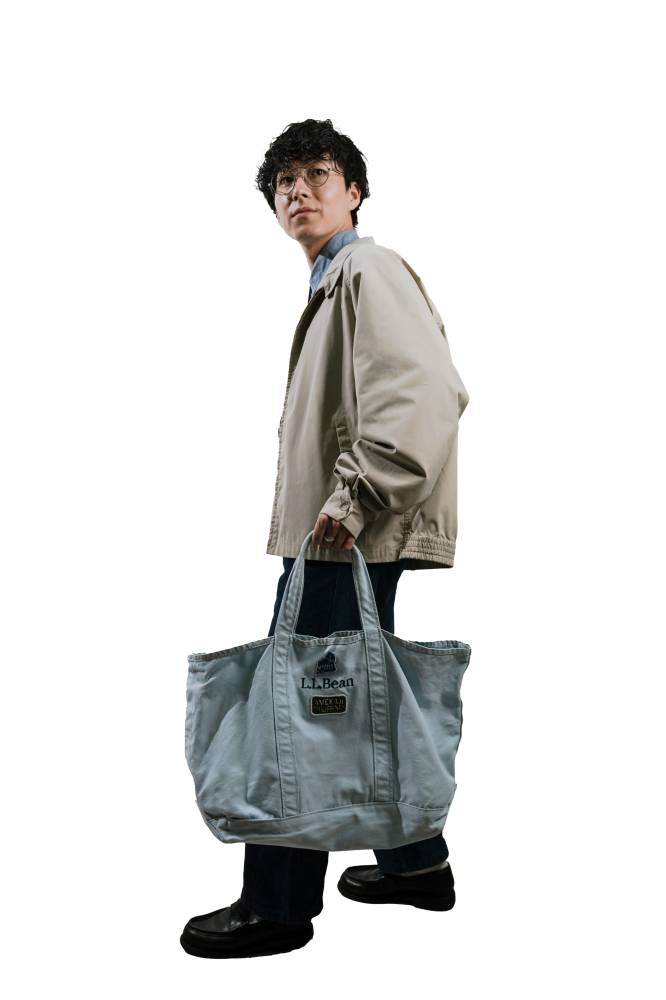
Originally from Suita City in Osaka, the charming and affable economics graduate moved to the Philippines in 2022 to fulfill a lifelong dream of living abroad. “I chose the Philippines because I felt a strong connection to it.” This personal change of scenery also gave him the opportunity to deepen his passion for Amekaji, which was influenced by his father and something that arose even more in his university days, especially when he bought his first pair of Red Wings at 19 years old.
“In Japan, it’s common for university students to work part-time, so I saved up Y10,000 each month for four months to buy them. It’s a memorable moment for me,” he explains. “Around 20, I started shopping at a store in Osaka called Loftman. Every visit brought new discoveries and knowledge.”
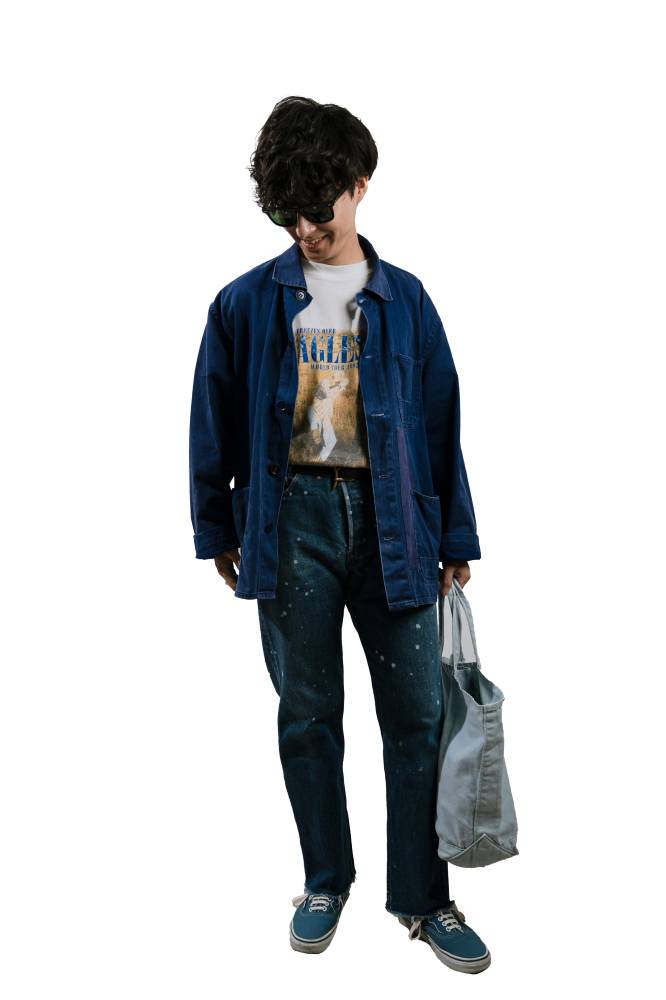
Now in Manila, Kichi is keen on continuing the Amekaji lifestyle that has seen a growing community in the city, culminating in regular events through Amekaji Philippines and Masterpiece Edition. The aim is to “bring together like-minded people and give them a space to experience the world of Amekaji in a meaningful way.”
In this interview, we talk with Kichi about the Amekaji aesthetic, how Filipinos approach the fashion style, and the best ways to pull off Amekaji in the tropical Manila weather.
When did your relationship with fashion begin?
I started wearing Amekaji fashion when I was a university student. Clothing has since become an essential part of my daily life, and I constantly research fashion through YouTube, magazines, and websites. Japan has many vintage-focused YouTubers and I check their content daily. There’s still so much to learn and I never get bored.
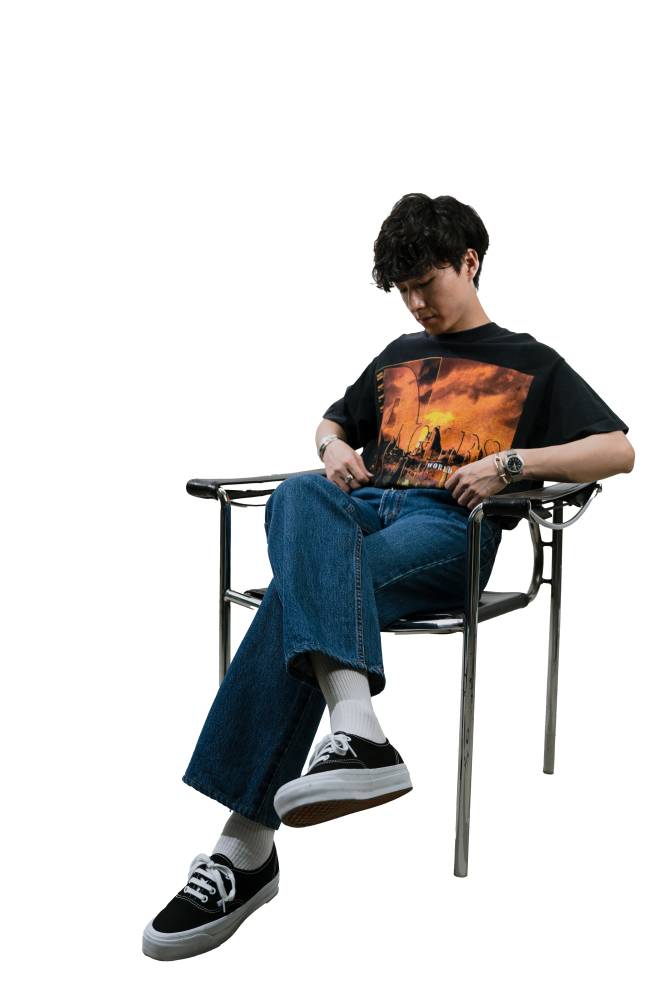
How would you describe the Amekaji aesthetic in just a few words?
“Creating history, buying history.” Amekaji is inclusive. You can enjoy it regardless of age, nationality, or body type. To me, Amekaji is more than just fashion—it’s a connection to the past, a perspective on authenticity, and a lifestyle rooted in history.
What are the must-haves to build an Amekaji wardrobe?
Denim is a must-have. I love all the local brands that participate in our Amekaji events. That’s because I only invite brands I personally use or genuinely want to see.
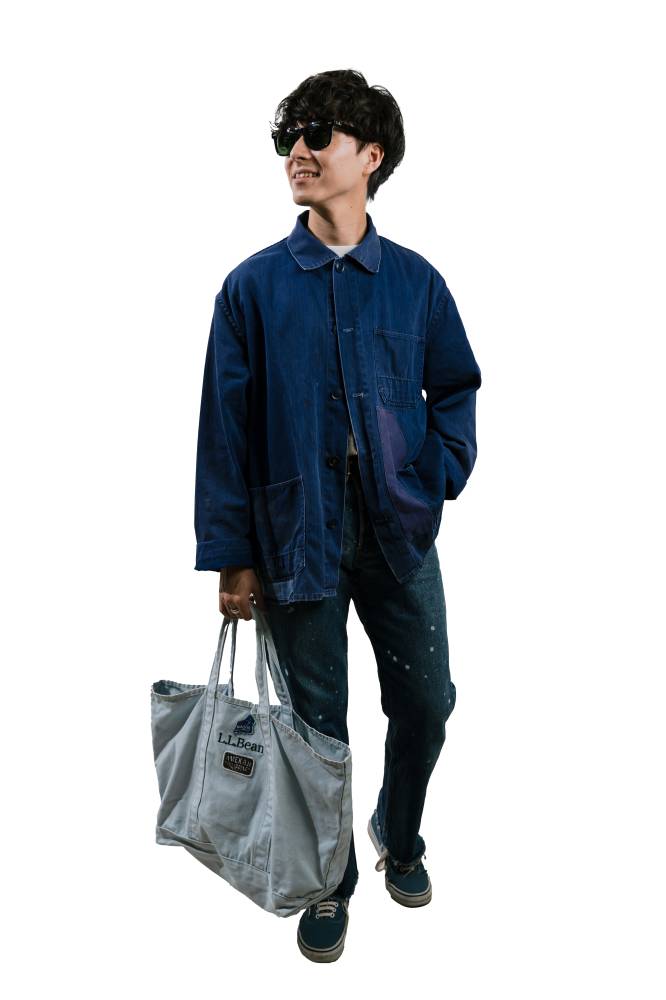
When did you realize you wanted to create a community of Amekaji enthusiasts here?
I started thinking about creating a community around 2022 and officially launched it in 2023. I wanted to make friends in the Philippines who shared the same hobby.
In the beginning, Amekaji Philippines was just a small group with no recognition, and I often struggled with how to run it. But now, we’ve grown to over 4,000 followers and get tagged almost daily. I’m truly grateful to everyone who supports the community.
Can you talk a little more about the events you hold?
We launched our first event in October 2023 through Masterpiece Edition PH, which I created specifically to start organizing the first Amekaji-focused events in the Philippines. The goal was to build a platform that brings together like-minded people and gives them a space to experience the world of Amekaji in a meaningful way.
The name Masterpiece Edition reflects our hope that visitors will find something special that becomes a masterpiece in their lives. I’ve had several of those moments myself, and they inspired me to spark something similar here in the Philippines.
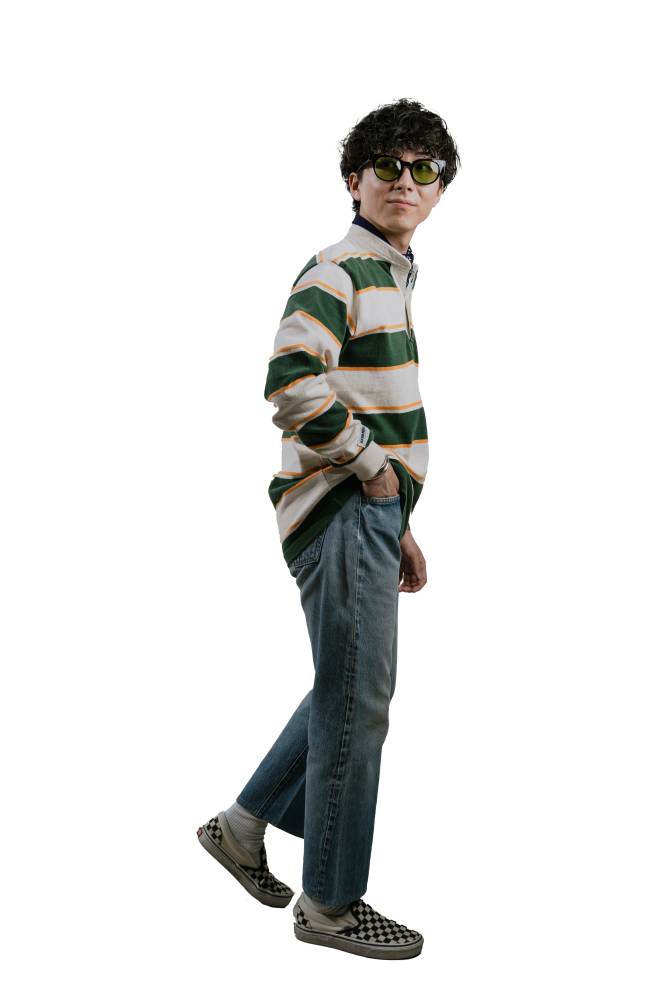
There are three main reasons behind the event:
1. Creating a space for Amekaji lovers. Since Amekaji fans are still a minority, it can feel isolating. The style is often misunderstood, and many enthusiasts don’t have anyone to talk to about it. This event creates a space where people can connect, share, and feel part of a community.
2. Enhancing the shopping experience. I often felt that shopping in the Philippines lacked depth—whether in malls or at events, product storytelling was missing. With Masterpiece Edition PH, we make sure attendees can have direct conversations with knowledgeable exhibitors who understand the value of each piece. Amekaji items aren’t cheap, so they deserve the kind of attention and explanation that adds to their worth.
3. Helping people understand what makes clothing special. While there’s nothing wrong with following trends, I believe the real joy of fashion comes from asking deeper questions like “Why this item?” or “Why this styling?” I want to help people develop a stronger sense of personal style—one that’s rooted in authenticity rather than trends.
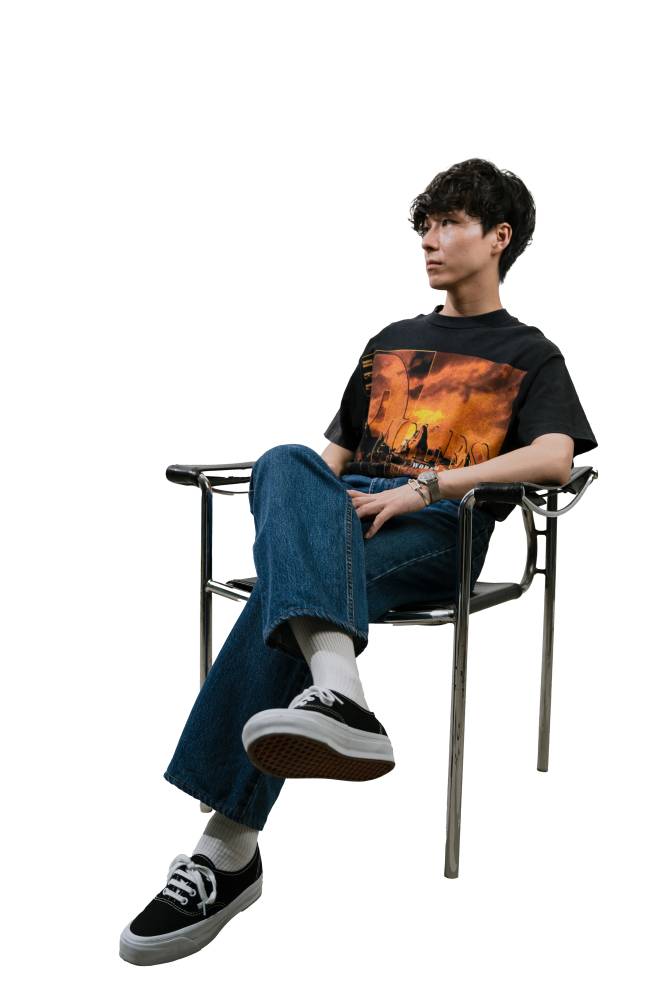
Do you think there is a difference in how Filipinos approach Amekaji fashion compared to say Osaka or Tokyo?
Yes, the main difference lies in the depth of how people engage with the style. I see Amekaji as having three stages:
1. Starting out – Wearing Amekaji-inspired looks using fast fashion or pieces already in your wardrobe
2. Getting serious – Investing in replica brands and learning how items age and reflect your personal lifestyle
3. Going deeper – Embracing authentic vintage pieces that already carry historical and cultural context
Here, most people are still in stages 1 or 2, while in Japan, many have progressed to stage 3.
Here in the Philippines, vintage events often focus on ukay-ukay or bargain finds, which is very different from Japan. In Japan, there are large-scale vintage events like VCM or Inspiration where rare and high-value items, sometimes even a Y30 million Levi’s jacket, are sold out.
Replica brands are more accessible, which is why they’re more common here. But I think many in the Philippines haven’t yet fully discovered the value of true vintage. That’s something I hope more people will explore over time.
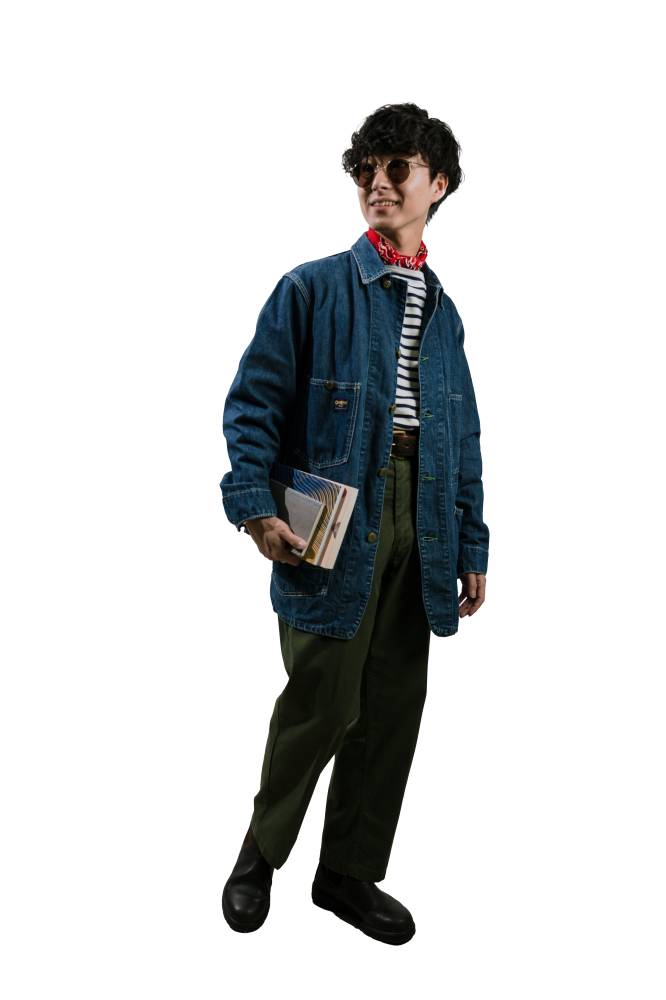
Do you get weird looks from people here? Especially since layering is part and parcel of Amekaji, and with Manila weather, it can be hot.
People often ask, “Aren’t you hot?” or say, “I could never do that.” In Japan, there’s a saying: “Fashion requires sacrifice.” But there are ways to enjoy Amekaji even in the heat like vintage T-shirts or leather sandals. With creativity, it can be comfortable. Personally, I’m sensitive to air conditioning, and indoor spaces in the Philippines are often too cold for me, so I always bring a jacket (laughs).
What are your thoughts on fashion’s role in overconsumption and the environmental impact it has? How do you think fashion communities can tackle this issue?
With trends changing so quickly today, it’s easy to fall into a cycle of overbuying and discarding clothes. That’s why I believe having a consistent personal style is more important than ever. It helps you make more intentional choices and avoid waste.
Amekaji, especially vintage, is one of the most sustainable fashion styles. Many vintage pieces were made decades ago and are still wearable today. That speaks to the quality and craftsmanship that modern fast fashion often lacks. But even if the item isn’t vintage, most Amekaji pieces are still made with durability and detail in mind. Because of their high quality, they’re built to last and can be worn for many years.
Instead of constantly chasing new trends, Amekaji encourages you to invest in timeless, well-made clothing you can really live in and grow with.
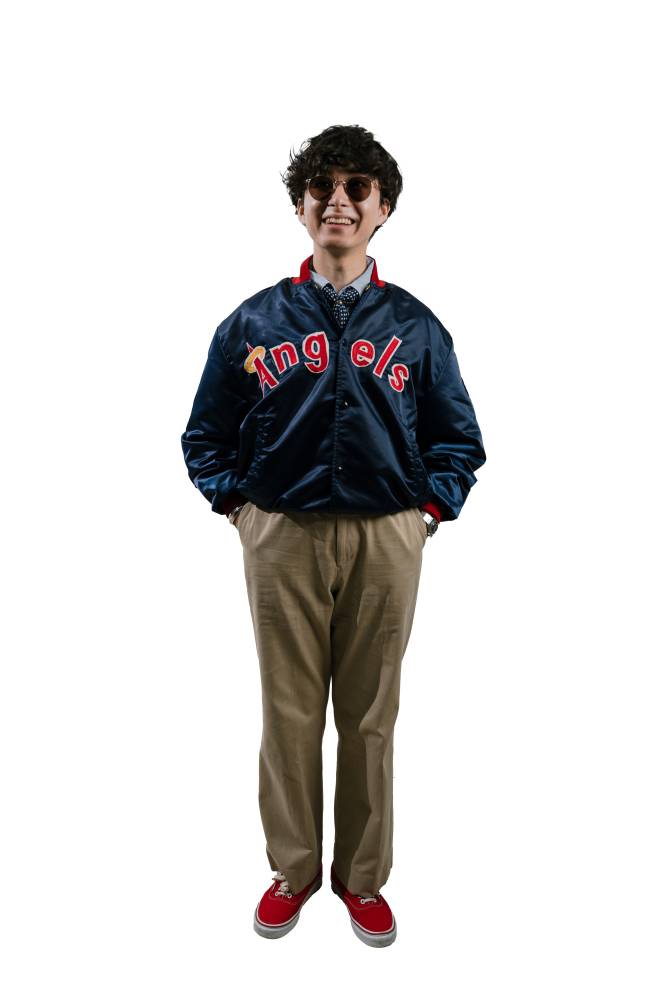
What are your future plans personally and professionally?
I hope to become a bridge between the Japanese and Filipino fashion industries. I want to help Japanese brands connect with the Philippine market, and at the same time, support Filipino creators and brands in reaching Japan. My goal is to create more opportunities for both sides to learn from and collaborate with each other.
In the future, I also want to hold Amekaji events across Southeast Asia. The idea is to gather Amekaji brands from different countries in the region and bring them together in one place. It would be a way to celebrate and grow the Amekaji community on a bigger, regional scale.
To ask a cliche question, what’s one thing you would never wear?
I probably wouldn’t wear those trendy boxy silhouette shirts with cropped hems. They’ve become popular lately, but they don’t really match my personal style. Everyone has their own taste, this one just isn’t for me.













